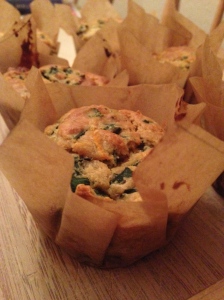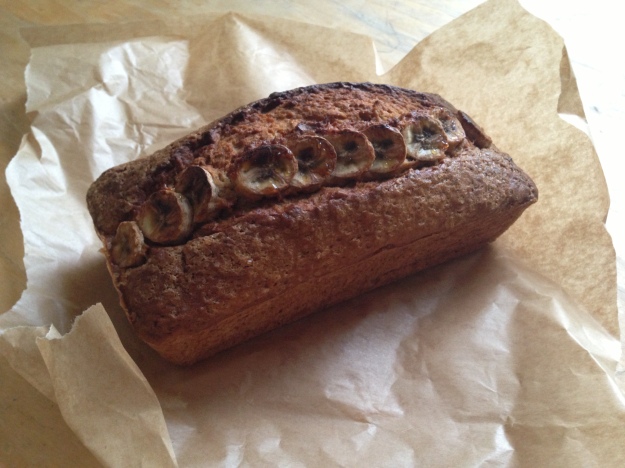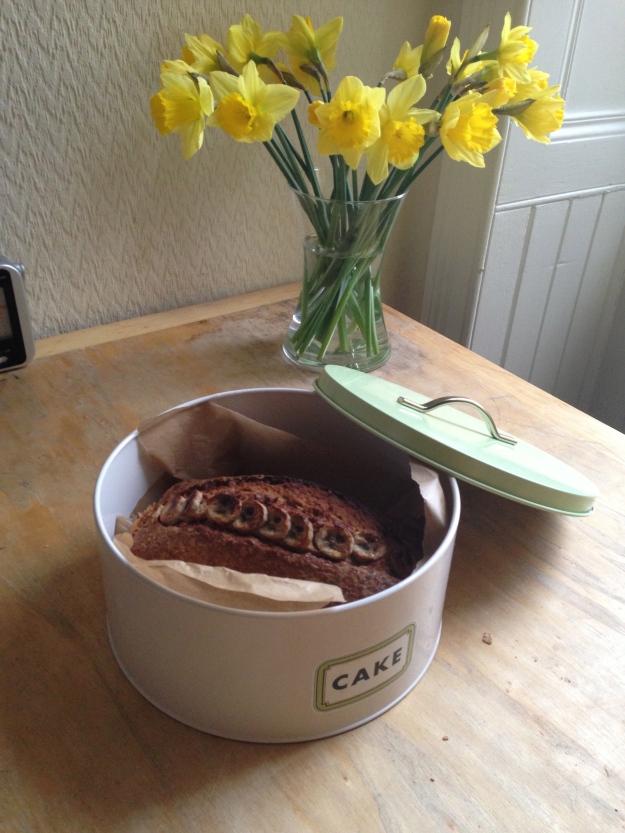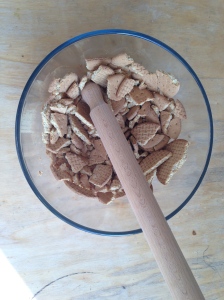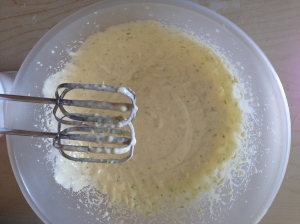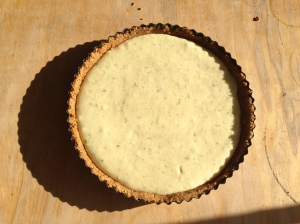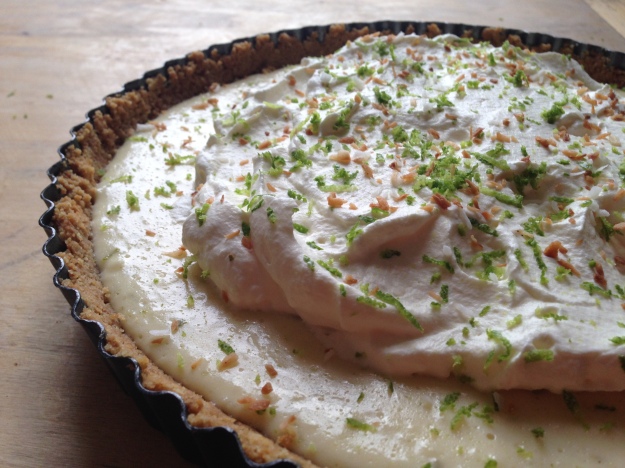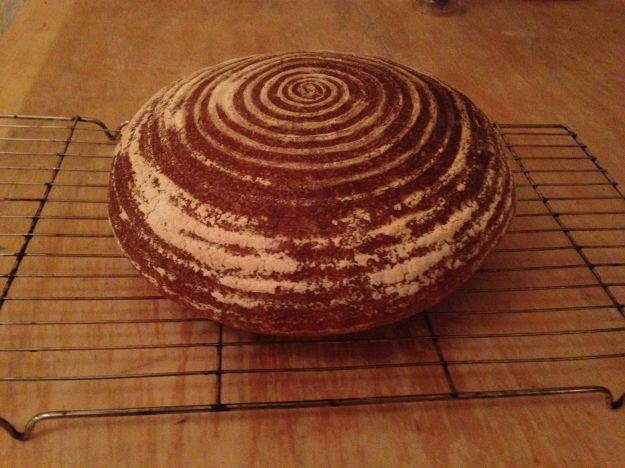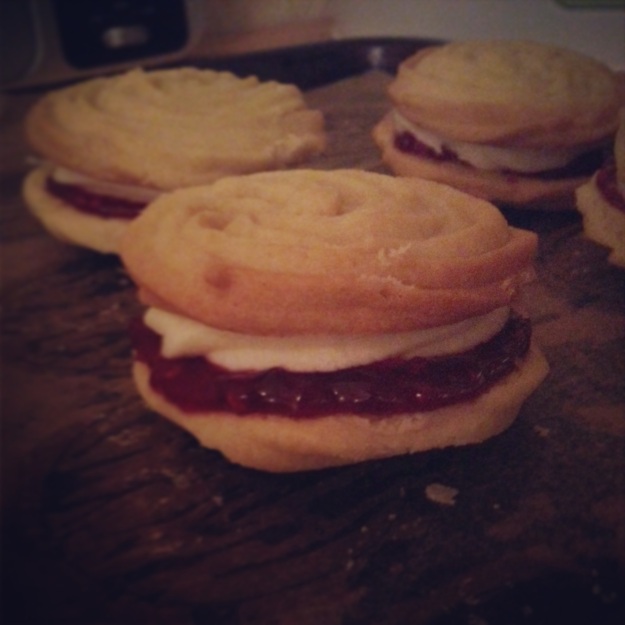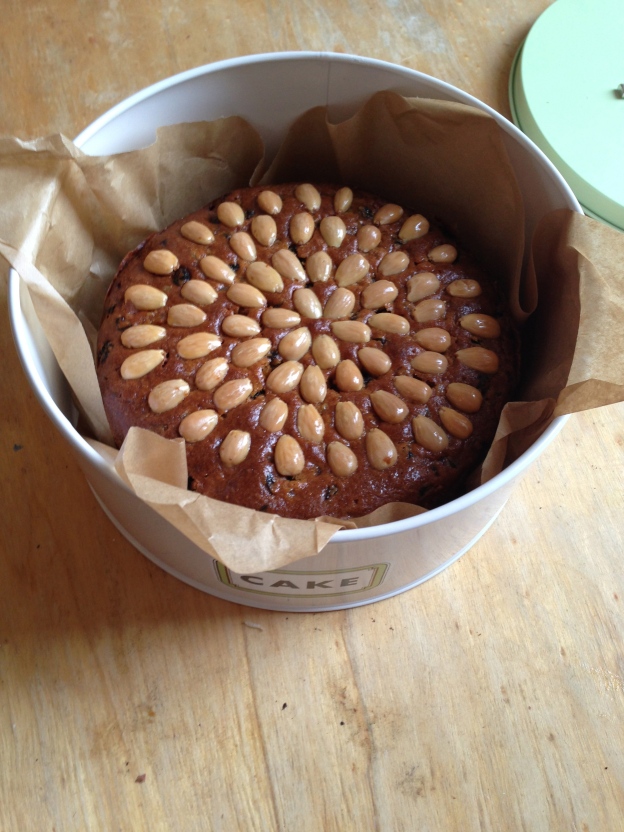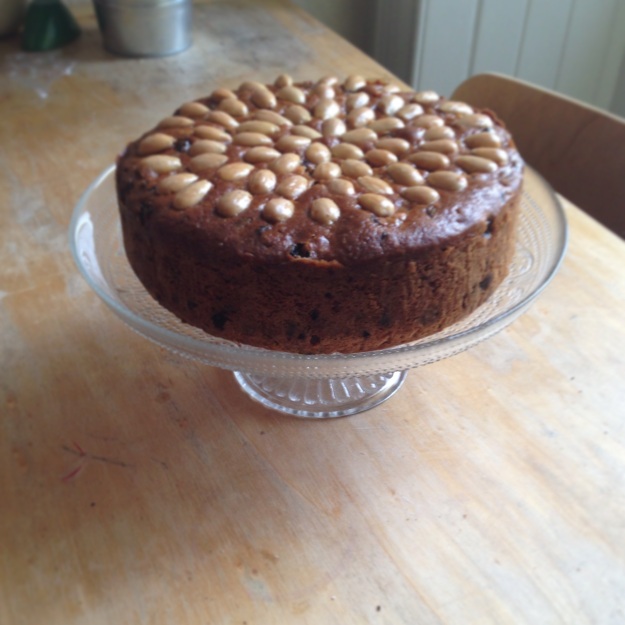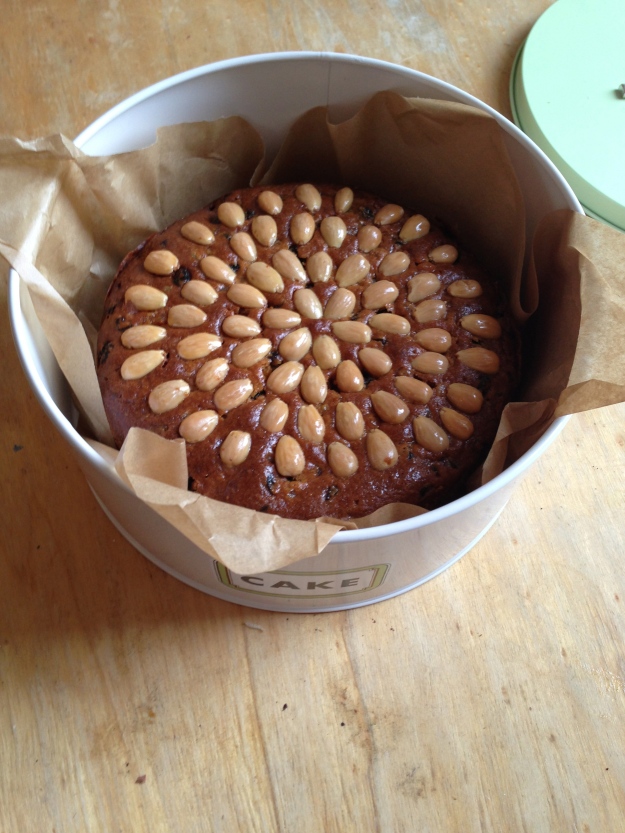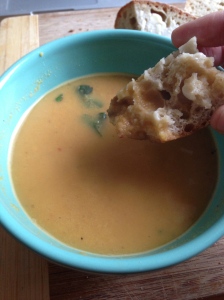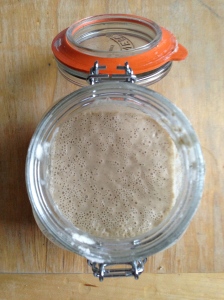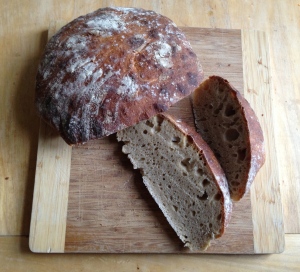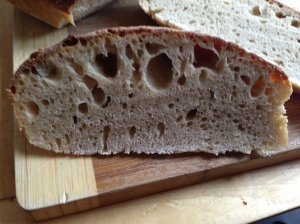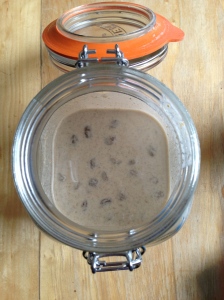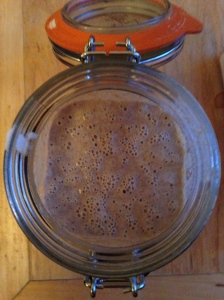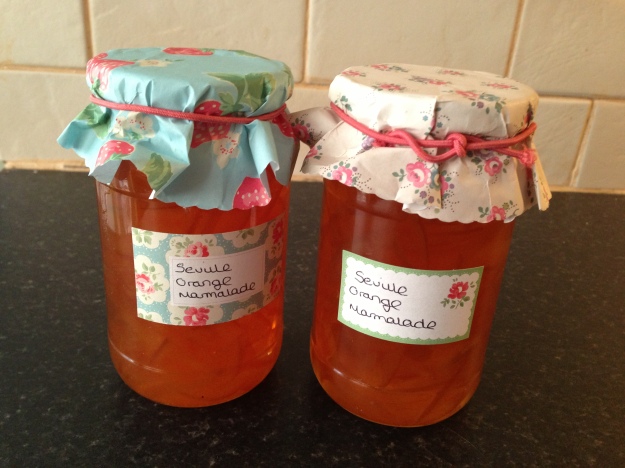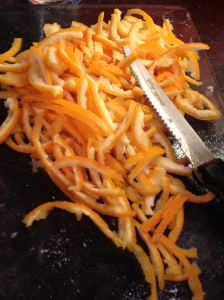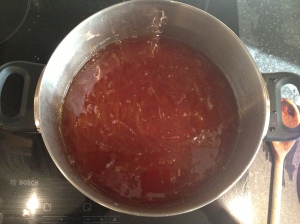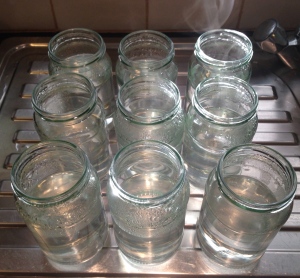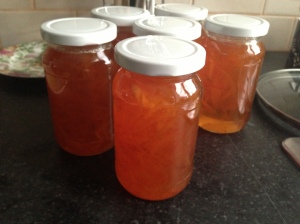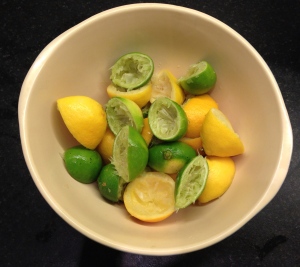So things have been pretty quiet on the blog front recently, this has been because my life has been an academic blur in the past few months. My fourth and final year of University was spent predominately on the third floor of the library (often in the same seat, I’m a creature of routine) staring out of the window, I mean working very hard on my dissertation and exams. I was so excited to ‘get my life back’ after exams I hadn’t stopped to realise that I wouldn’t be getting my life back but starting a new one- something I am vastly unprepared for. So I’m going to cling on to my little blog as a token of my student life ( think of it as the same way Leonardo Dicaprio’s character in Inception has that spinning top to differentiate between dream world and real world- but much less cool) I have a back-log of recipes and posts to upload so apologies in advance for the plethora of emails the tens and tens of people who follow this blog are about to receive.
These muffin recipes come from Hugh Fearnley-Whittingstall’s Guardian food page. Firstly, the guardian is an excellent recipe resource, in particular Hugh’s and Dan Lepard’s pages which contain many of the recipes from their books but free (post-student life I am still poor). These savour muffins are a great base for many flavour combinations and freeze so easily. Rather than use pre-made cake cases I just used squares of baking parchment paper (about 14cm square) which work a treat and look pretentiously rustic (a look I constantly strive for).
Carrot, Spinach and Cumin Muffins (from Hugh Fearnley-Whittingstall)
(makes six)
Ingredients
40g unsalted butter, melted. Plus 10g extra for frying.
1/2 finely diced onion
1tsp ground cumin
75g finely shredded spinach leaves.
175g plain flour
1tsp baking powder
1/4 tsp bicarbonate of sida
1/2 tsp salt
1 egg
140g natural yoghurt
75g grated carrots
20g toasted pumpkin seeds.
Method
1) Heat the oven to 200C/400F/gas mark 6 and line a muffin tin with the parchment squares or muffin cases.
2) Place 10g of butter in a large frying pan and sauté the onion for about 10 minutes until soft, season well. Add the cumin, stir well, then add the spinach and stir until wilted. Leave to cool.
3) In a large bowl, mix together the flour, baking powder, bicarbonate of soda and salt.
4) In a jug, whisk the melted butter, eggs and yoghurt.
5) Pour the wet ingredients over the flour and stir until just combined. Fold in the spinach and onion mixture, the carrots and then the toasted pumpkin seeds. Spoon into the cases, filling till about 3/4 full, and bake for about 18 minutes or until a toothpick comes out clean.
Red Onion, Cheddar and Bacon Muffins (adapted from Hugh Fearnley-Whittingstall)
(makes six)
1tsp olive oil
50g streaky bacon, cut into small pieces
½ red onion, finely diced
175g self-raising flour
1tsp baking powder
1/4tsp bicarbonate of soda
pinch of salt
1 egg
100ml buttermilk (I used 100ml natural yoghurt with 2tbsp of lemon juice)
75g strong cheddar, grated
Method
1) Heat the oven to 200C/400F/gas mark 6 and line a muffin tin with the parchment squares or muffin cases.
2) Fry the bacon in a frying pan with the oil over a medium heat until crispy. Lift the bacon from the pan with a slotted spoon and drain on kitchen paper. In the same fat, sauté the onion until just softened then set aside to cool.
3)In a large bowl, mix together the flour, baking powder, bicarbonate of soda and salt.
4)In a jug, whisk the eggs, butter and buttermilk, stir them into the flour mixture with a spatula until just combined, then fold in the cooled bacon, onion, and two-thirds of the cheese.
5)Spoon or scoop the mixture into the muffin tin, filling till about 3/4 full. Sprinkle on the rest of the cheese, and bake for about 18 minutes, until the tops are golden and a toothpick inserted into the centre of a muffin comes out clean.
Here’s some pretty neat hip hop to accompany your savoury treats..
http://http://www.youtube.com/watch?v=5Mes12ZikPw

